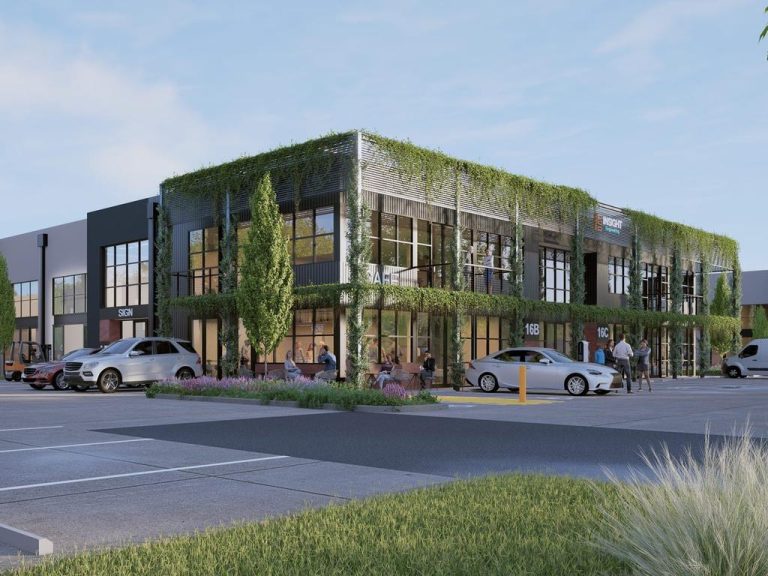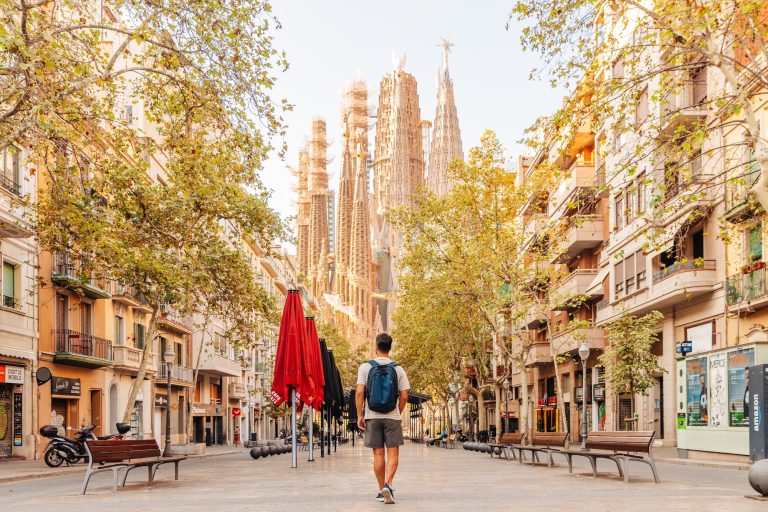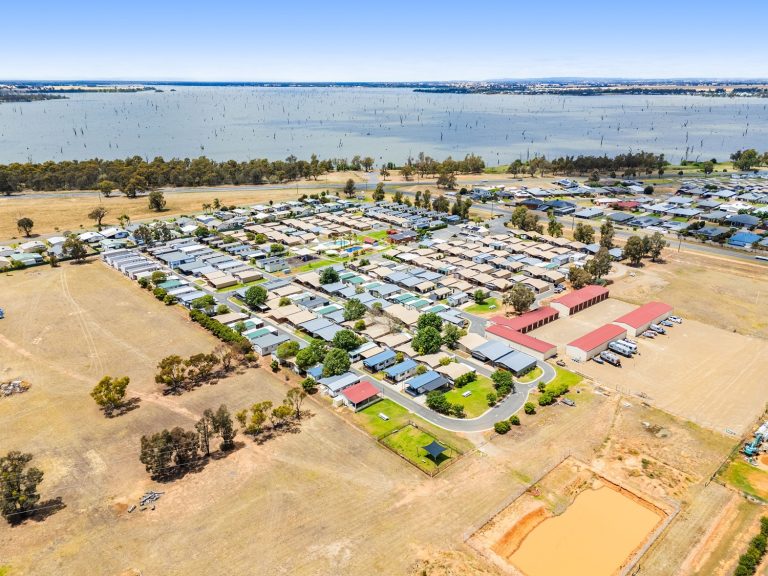Greg Goodman says carbon neutrality not an ‘optional extra’ as warehouses go green
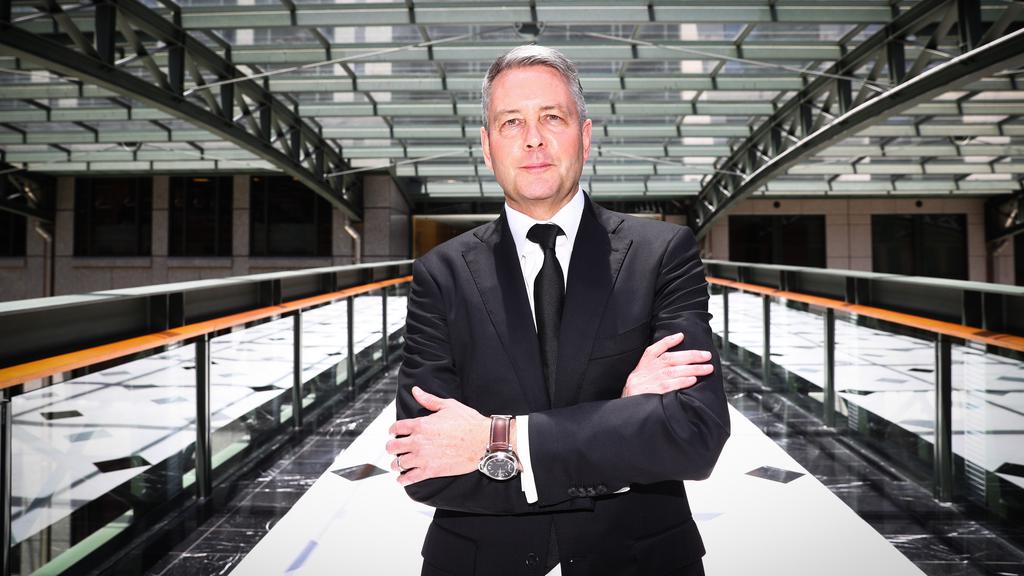
Greg Goodman says big tenants are ‘all moving towards carbon-neutral outcomes’. Picture: Renee Nowytarger
Billionaire Greg Goodman is not waiting for governments around the world to legislate for carbon neutrality and has instead propelled his $53bn industrial property empire to that mark four years ahead of schedule.
The chief executive of the Goodman Group, which owns warehouses across Australia, Europe, China and the US, has hit the milestone early as it puts in more solar panels and electric-vehicle chargers in the new projects that are replacing old-style sheds.
Industrial property is in a “good place”, the tycoon says, even as the pandemic ravages large shopping malls and shakes up the office market.
The company is riding the wave of e-commerce demand as people are locked down in parts of Australia, with Goodman finding they have also stuck with the online buying habits they picked up during the crisis in the global cities that have reopened.
Mr Goodman says that industrial property has provided essential infrastructure during the coronavirus pandemic. “It’s supplying the cities of the world with goods and services, in particular [those] you need like food and supplies,” he said.
But he wants more to be done locally to smooth the path to lower emissions. Mr Goodman says more infrastructure needs to be put in place for electric vehicles and global customers are pushing for climate-friendly facilities.
Goodman is already putting in EV charging stations as more drivers make the switch. “I think the world will certainly be well on its way over the next five years,” Mr Goodman said.
He said the company had been in talks with big customers about improving the infrastructure for EVs. “I think the infrastructure needs to get a wriggle on around the country so it works,” he said.
Big tenants including supermarkets and e-commerce companies are also driving the switch. “They’re all moving towards carbon-neutral outcomes over the next 10 years,” he said.
Mr Goodman says the issue is broader than his company with the property sector a prime mover in getting other businesses towards carbon neutrality.
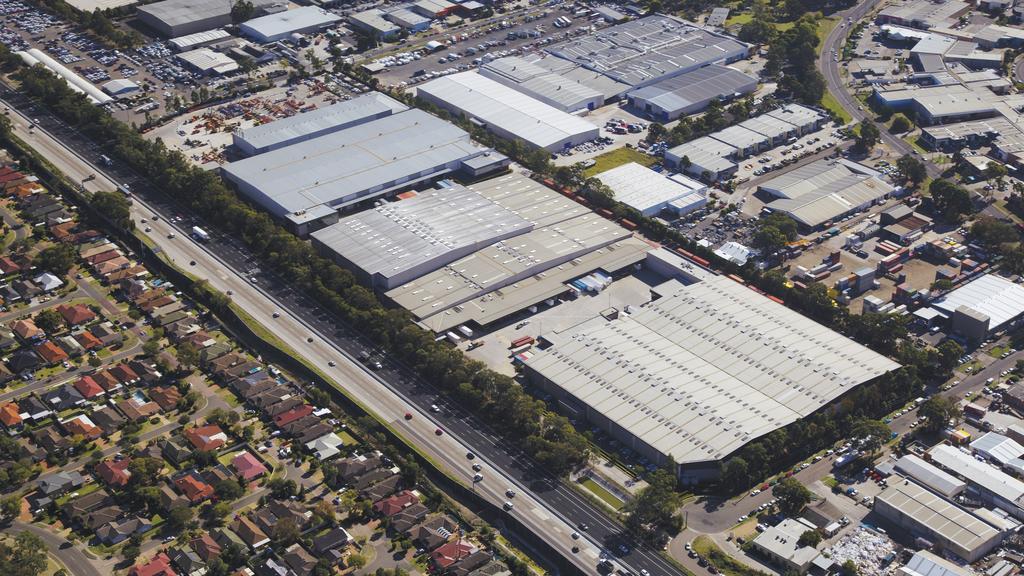
Amazon has leased a giant warehouse in Sydney from Goodman Group.
“I think corporates have got to be real about it. They need to get on with it. We’re getting on with it,” he said. “We’re not going to wait for governments around the world to do it for us.”
The once grimy industrial sector is being transformed as big players like Goodman rebuild older facilities into new warehouses that don’t generate environmental problems and are worth more to investors.
Few of the new style of warehouses have been sold locally or even overseas, but Mr Goodman says that they are the best long-term bet.
More of the complexes are also multi-storey because industrial owners take old, inefficient factory-style sites and replace them with more modern buildings.
The new-style warehouses are closer to cities as landlords look to cut down on transport, which makes up a big part of costs and carbon emissions.
The company has achieved carbon neutrality for its global operations with the measure certified by the federal government’s Climate Active program.
The carbon-neutral result comes from reducing emissions and includes using Australian Carbon Credit Units, which saw it support Indigenous climate action projects in the Northern Territory. But the main focus is on slashing emissions by making its properties more energy-efficient and expanding its rooftop solar installations.
Goodman is already running at net zero in Europe and New Zealand. Locally it shifted to green power that will help cut emissions in coming years. Before this, Australia accounted for about 60 per cent of Goodman’s global emissions.
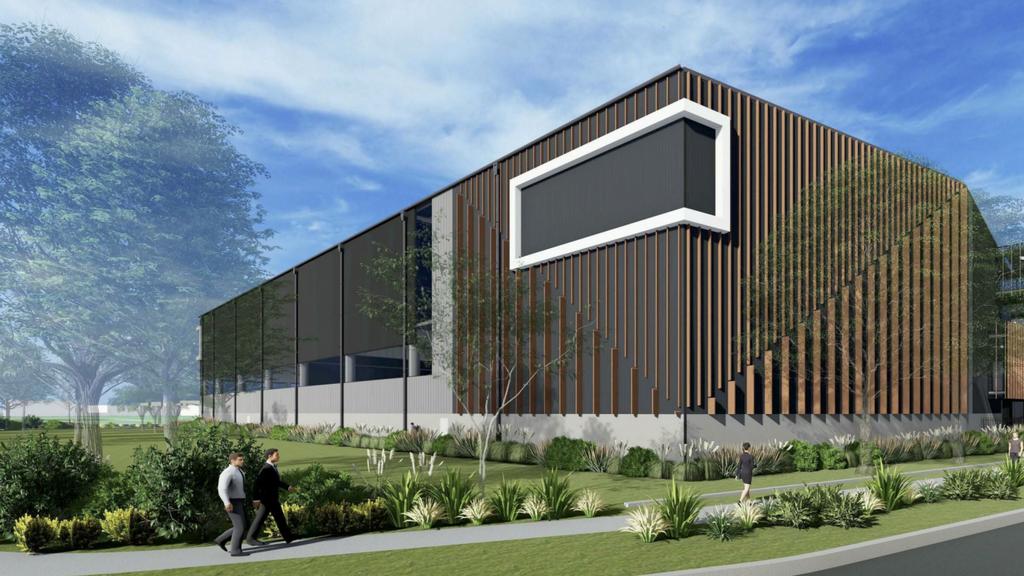
Artists impression of Goodman and Altis Property Partners plan for a multi-storey warehouse in Alexandria.
Goodman is also reducing carbon in the development process by working out how much carbon its $10bn workbook emits then offsetting these amounts, so it builds carbon-neutral buildings. “We’ll be offering our customers buildings that have been built in a carbon-friendly way,” Mr Goodman said.
Mr Goodman said there was a “a lot of mileage” in regenerating older sites as they were often close to major markets and that meant less driving time for trucks making deliveries.
With red brick sheds on the way out and EVs on the way in, Mr Goodman said “the footprint is way different to where it was a few years ago”.
New forms of power were also helping. “We’re doing about 75 megawatts of new solar a year,” he said, indicating the company would also use green steel and concrete in new projects.
While there were upfront costs, Mr Goodman said that over the long term “it means you’ve got a far more sustainable viable business”. He added: “If you don’t do it, you’re going to suffer obsolescence.”

